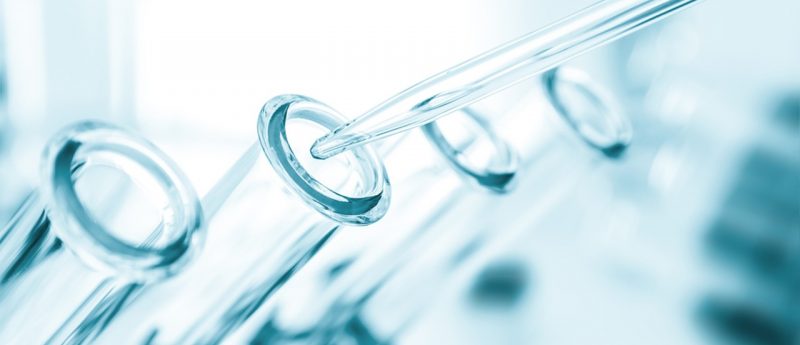Renal cell carcinoma could be distinguished from benign masses using metabolic profiles

A study published in Metabolites, by researchers from the University of Calgary (Calgary, Canada), reports that benign renal masses and renal cell carcinomas (RCC) could be differentiated through the use of metabolic profiles determined by serum and urine analysis. The pilot study also indicates that they may differentiate pT1 from pT3 RCC.
Metabolomic analysis was carried out using 1H nuclear magnetic resonance spectroscopy and gas chromatography mass spectrometry. The study analyzed serum and urine samples from 53 patients undergoing surgery for small renal masses.
The team, led by Oluyemi S Falegan (University of Calgary), reported considerable variation in the group of metabolites that differentiated the benign masses in serum when compared with urine. The most significant metabolites identified as potentially useful variables were glycolytic and tricarboxylic acid cycle intermediates and amino acids and their derivatives.
Pyruvate and lactate were seen to be differentially increased in RCC versus benign cases in serum and urine specimens, whereas there was a reduction in levels of succinate and citrate. Glutamate levels increased in both the serum and urine of RCC patients compared with those who had benign masses.
It was also observed that levels of threonine and taurine were depleted whereas trigonelline, tryptophan and isoleucine levels were increased in RCC patients compared with controls. Cancer development also resulted in a decrease in urinary levels of glycine, creatinine and phenylalanine. The difference in these metabolite levels also allowed discrimination between pT1 and pT3 RCC.
The area under the curve values for the serum and urine gas chromatography mass spectrometry models were 0.93 and 0.98, respectively; and the values for the nuclear magnetic resonance models were 0.83 to 0.98, respectively. “This indicates excellent predictive ability of these metabolomics platforms and shows that they can reliably distinguish between benign and malignant renal masses and identify different stages of RCC,” commented the researchers.
The current study corroborates findings of increased glutamine levels in RCC, “and further strengthens the proposition that increased glutamate levels may indicate increased glutaminolysis for biosynthetic purposes in RCC,” the investigators stated.
According to the researchers this sequence of biological events highlights the role and importance of metabolic remodeling in RCC tumorigenesis. Clinical outcomes of patients with RCC could be improved by using therapeutic alternatives that exploit these “biological loopholes”.
“These tools can be potentially employed clinically to identify renal neoplastic transformation in asymptomatic individuals,” the researchers concluded.
Sources: Falegan OS, Ball MW, Shaykhutdinov RA et al. Urine and serum metabolomics analyses may distinguish between stages of renal cell carcinoma. Metabolites 7(1), 6 (2017); www.renalandurologynews.com/kidney-cancer/metabolic-profiles-may-distinguish-rcc-from-benign-masses/article/637625/




